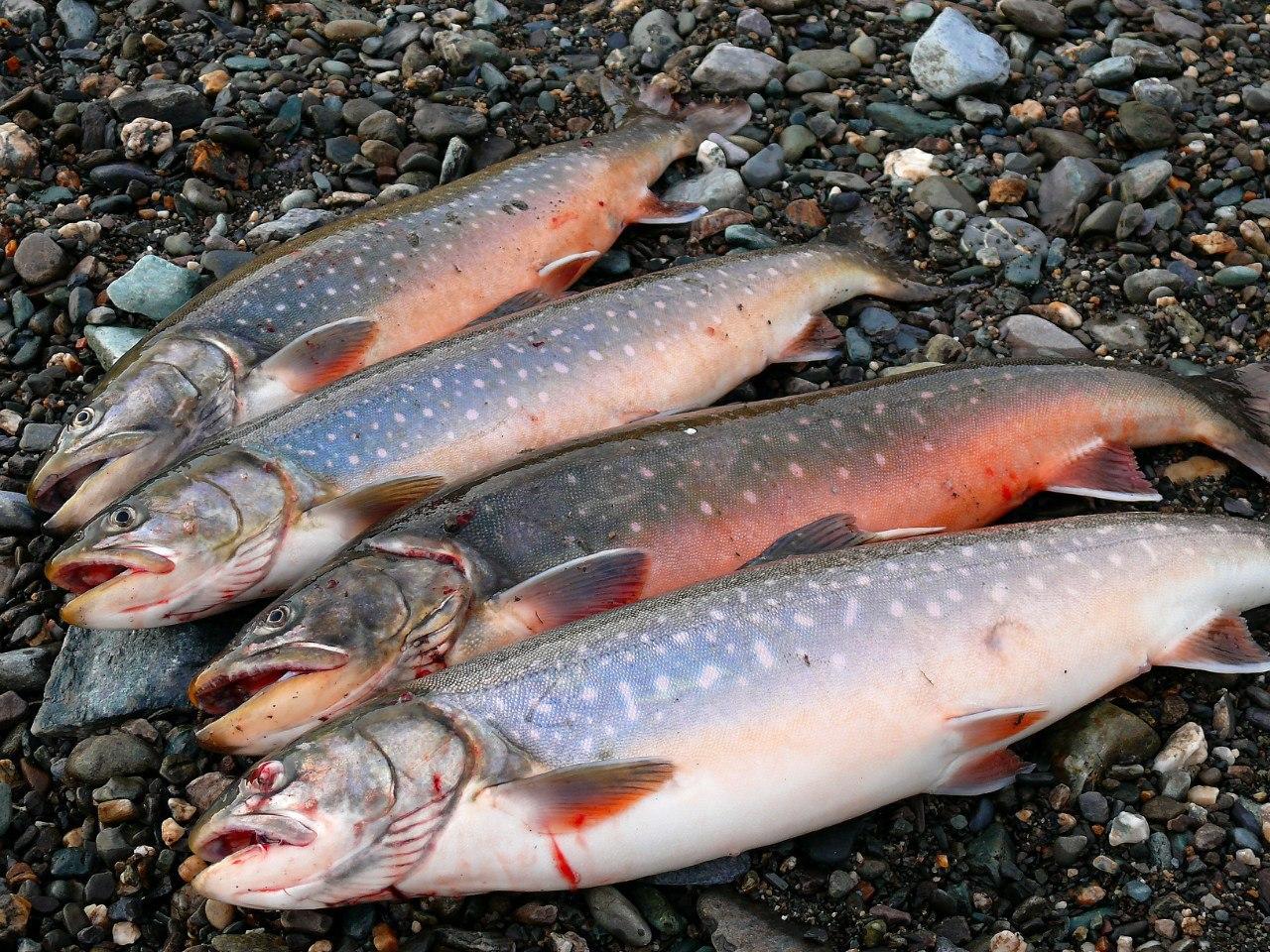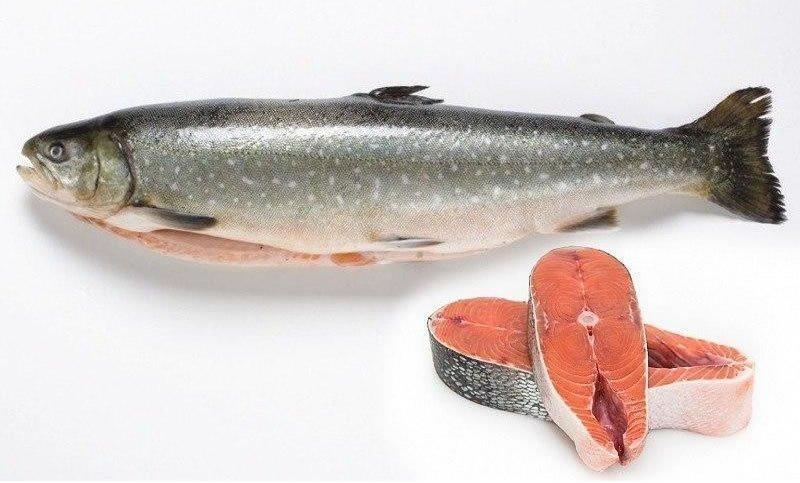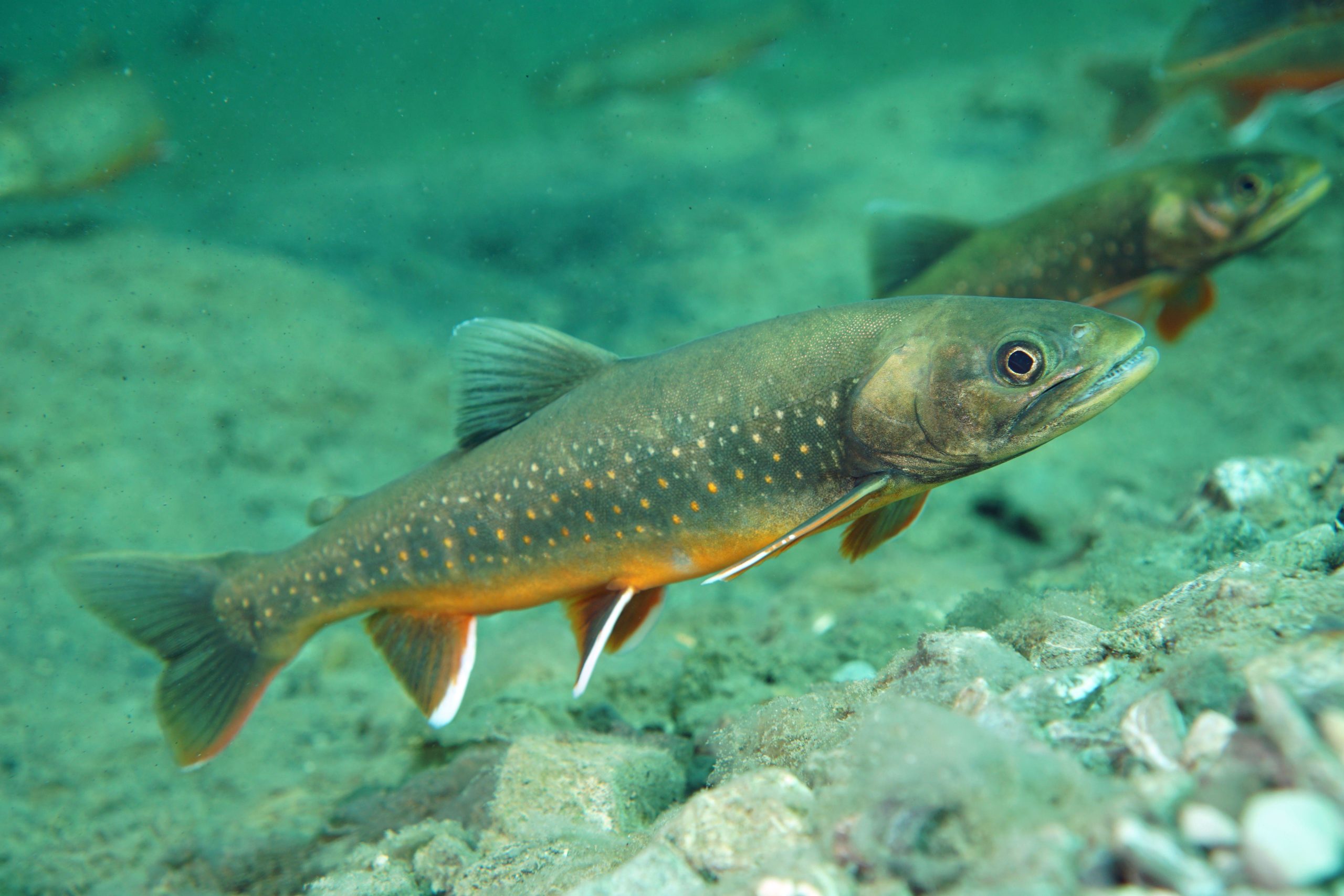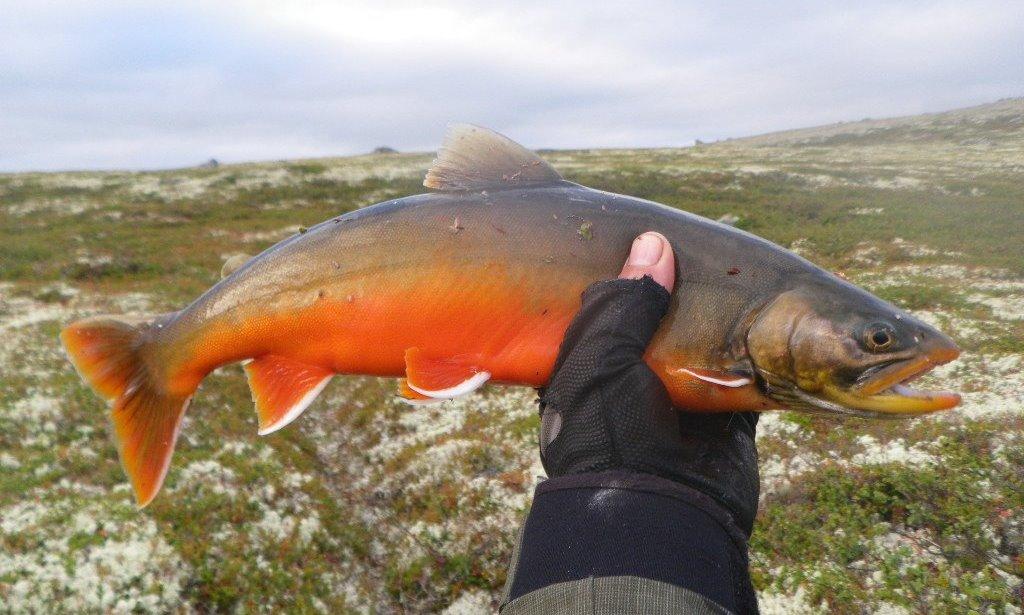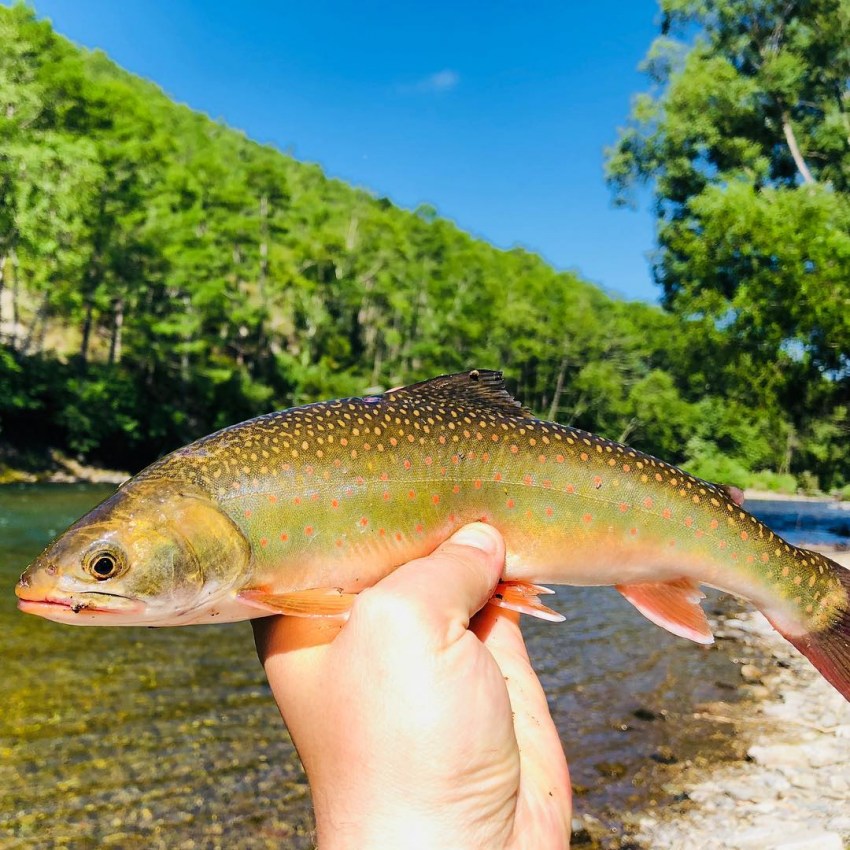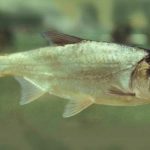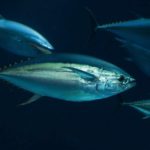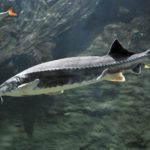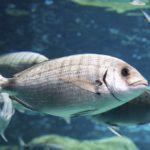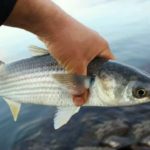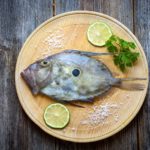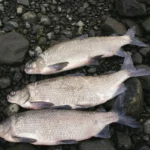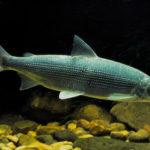The fish called char is a member of the salmon family that lives in the northern regions. It is classified as an ancient sea predator that lived on the planet before the Ice Age. It is famous for its hardiness and ability to survive in very low temperatures. This fish has gained fame among gourmets, caused controversy among scientists and ichthyologists, and is in great demand among fishermen.
Description of the species and subspecies
Char is a fish of the salmon family that lives in the northern seas, including the White, Barents and Laptev seas. It got its name due to the visible absence of scales on its body, which is a characteristic feature of its appearance.
The name "char" comes from the word "naked", which means not covered with scales, naked. In fact, it has scales, but only on the sides and so small and tightly fitting that they cannot be immediately noticed. Interestingly, fish are able to change the color of their scales depending on the environment and time of year. In clean water it takes on shades of blue.
The appearance of this representative of salmon may vary depending on the subspecies and habitat, but in general it is a large fish, reaching a length of up to 1 meter and a maximum weight of up to 20 kg.
Characteristic external features:
- The body is elongated, laterally compressed, and has the shape of a wedge. Somewhat reminiscent of trout.
- The head is flattened, with long jaws and teeth. The eyes are bulging and raised high on the forehead.
- The scales seem to be missing, but they are there, just very small.
- The ridge is powerful, the ribs are elongated.
- The fins are pressed to the body, the tail is truncated.
- Body color varies depending on age and environment. But most often, young individuals are dark green in color with pinkish or dark spots on the back. With age, these spots are less noticeable, and the color of the fish becomes uniform. The belly is white, sometimes also spotted, the fins are gray-white.
Loaches have several dozen subspecies and are important in the ecosystem of the seas where they live. Like many other fish, they spend their lives in the depths of the sea, where they feed on small fish and other marine organisms.During spawning, which occurs in winter and spring, they rise closer to the surface and lay eggs in the water.
They also have high nutritional value and are often used in the food industry due to their large size and high protein content in the meat.
The fish is known for its endurance and is a coveted trophy for sports anglers. She is able to swim for hours without stopping and fight with a fishing rod for quite a long time. Once caught, it quickly changes its direction of movement and jumps out of the water, trying to free itself from the hook. This is a very cunning and lively predator.
Depending on their habitat, there are 3 main types:
- River char - lives in fresh waters of rivers and lakes. It has a dark brown back and a white or silver belly. There may be golden or yellowish markings on the sides and back. Looks like trout. The size reaches 60 cm, and weight – up to 2 kg.
- Sea char - lives in the coastal zones of the Atlantic and North Sea. This variety has brighter colors, which sometimes include yellow, green or blue.
- Lake - found in mountain rivers and lakes. It has a dark green back and a white or silver belly. There may be golden markings on the body. The size reaches a maximum of 40 cm in length, and the weight is 1 kg.
Far Eastern
This is the common name for several species living in the waters of the North Pacific Ocean, from Kamchatka to Alaska. Found everywhere in the Kuril Islands, Sakhalin and the Baikal basin. This is a large fish, the body length reaches from 70 cm to 1 m, and the average weight is 4-5 kg; there are individuals weighing up to 12 kg. A characteristic feature of its appearance is its light color with a golden-bronze tint.
Kamchatsky
It lives in the waters of the Pacific Ocean off the coast of Kamchatka and on adjacent islands, off the coast of the Bering, Okhotsk and Chukchi seas. Reaches a length of 70 cm and weighs up to 12 kg. The color of the back is dark green, the fish is all covered with white spots. During spawning it changes color. The meat has a delicate taste with a slight sweetness, however, parasites are most often found in this fish, which must be taken into account. It is allowed to catch it all year round.
Boganidsky
Lives in rivers and lakes of Siberia and the Russian Far East. Not found in middle latitudes. It reaches a length of up to 60 cm and weighs up to 2.5 kg. Life expectancy is 16 years. It looks unsightly - it has a dark gray back and silvery, with a white furrow, ventral and anal fins. Fishing is prohibited by law.
Arctic
Arctic char, also known as Arctic salmon, live in the cold waters of the Arctic. This predator migrates from rivers to seas due to seasonal changes in water temperature and light, as well as in search of food and spawning sites. In summer it moves to colder waters, and in winter to warmer and less lit areas.
This is the largest variety, reaching a length of up to 95 cm and a weight of 15 kg. Body color changes from light green to brown with a silvery tint (during migration). A characteristic feature is red spots on the back and sides. Lives up to 13 years. It feeds on small fish, crustaceans and other marine animals that are found in its range. Also, don’t mind eating salmon caviar.
Whiskered
Whiskered loach is a small freshwater fish belonging to the loach family. Has nothing to do with salmon. Found in rivers, lakes and streams in Europe and Northern Asia.The fish is small - up to 15 cm in length, and up to 30 g. Lives for about 6 years. Externally, the mustachioed loach has a short and wide body with a powerful head and a wide mouth. The body is covered with thick skin with dense scales and mucus. Color ranges from brown to green. Males have 6 whiskers on their heads, from which this fish gets its name. Its meat has no distinct odor, is tough and contains a large number of small bones. It is a bottom-dwelling species that feeds on a variety of invertebrates such as crabs, crayfish, molluscs and insects.
Distribution area
The distribution area of the fish is extensive and covers water areas in the northern hemisphere. It is found in the coastal waters of Northern Europe, Northern Asia and North America. In Europe, char is found in the cold Baltic and White Seas, as well as in the Arctic Ocean. In Russia, char lives in the Arctic and Pacific oceans, as well as in the Northern Far East and Kamchatka. In America, char lives in the North Atlantic and Alaska.
Char adapts to various conditions of water bodies, so it is easy to find in rivers, lakes, streams and in the coastal waters of seas and oceans. It prefers cold waters most of all.
Price
You will not be able to buy the meat of this fish in regular supermarkets. The price varies greatly depending on the region and time of year. On average, in Russia the price per 1 kg ranges from 300 to 1000 rubles for a fresh frozen carcass and from 400 to 700 rubles. for a cold smoked carcass. Since the fish is found in Russia, there is no need to import meat - all the products on store shelves are domestically caught.
Features of meat
Char meat is considered a delicacy with a delicate taste and a slight sweetish tint, its texture is dense and soft.One of the features of meat is its low fat and calorie content, which makes it attractive to those who are watching their diet and health. Moreover, it is rich in unsaturated fatty acids - important elements of a healthy diet.
On average, 100 grams of meat contains about 120 kilocalories. However, keep in mind that the exact number of calories varies depending on the size and method of preparation of the carcass.
Color
There are many shades of char meat; it is usually white or pale pink, depending on the age of the fish and its type. The color is also related to the diet of the fish - if it ate shrimp or crustaceans that have the carotenoid ostaxanthin in their body, then the meat will have a rich pink tint.
Typically, the meat has a pink-beige color, which is due to the presence of myoglobin, a protein responsible for transporting oxygen in the muscles of the fish. Females often have paler flesh than males.
However, in some types of char the meat has other colors. For example, Far Eastern char has bright red meat, while Arctic char has white meat. Such shades are associated with the adaptation of the fish to the characteristics of its habitat and diet.
In general, the color of char meat does not affect its taste or nutritional properties, but can be an important factor when choosing fish for certain dishes and culinary techniques. Statistics show that consumers prefer to buy carcasses with the most intense pink and red color. That is why some manufacturers add dyes to fish feed to change its appearance and make the meat bright and rich. This practice is acceptable in some countries, but prohibited in others.
Boniness
The fish meat is not bony, like some other species. The rib bones are long, making them easy to remove before cooking. The remaining bones are small and easily separated from the meat. The minimal amount of scales on the body also makes the carcass easier to clean and prepare. It is believed that the fillet of the Kamchatka variety of char has the least amount of bones.
Chemical composition
The chemical composition of this river fish depends on many factors, such as age, sex, growing and feeding conditions. On average, 100 grams of meat contains about 18 grams of protein, 4 grams of fat and no carbohydrates.
Cholesterol is present, but its amount is not so high - about 50 mg per 100 grams of product. In addition, char meat contains unsaturated fatty acids (0.9 g), including Omega-3, which are considered beneficial for cardiovascular health.
Water is also present, approximately 80-85% of the total weight of the product. However, with different processing methods (frying, boiling, baking), the water content may change.
The meat has a dense texture, so it retains its volume when cooked in most cases. However, with prolonged heat treatment or grilling, it may lose moisture and shrink in size. In general, if you cook the carcass correctly, it will retain its shape and volume, as well as all the beneficial substances. The calorie content of the product is moderate (from 120 to 140 kilocalories per 100 g), but smoking and frying increase this figure.
Fish muscle tissue contains the following vitamins (per 100 grams):
- Vitamin B12: 1.91 mcg.
- Vitamin B6: 0.20 mg.
- Vitamin A: 3 mcg.
- Vitamin E: 0.2 mg.
- Vitamin B1: 0.10 mg.
- Vitamin B2: 0.11 mg.
- Niacin: 1.8 mg.
- Folic acid: 13 mcg.
- Pantothenic acid: 0.7 mg.
It is rich in vitamin B12, which plays an important role in the formation of blood and the functioning of the nervous system. It also contains vitamins B6, B1, B2, as well as niacin, which is important for metabolism.
Char meat is rich in various minerals: (their quantity per 100 grams):
- Phosphorus: 260 mg.
- Potassium: 330 mg.
- Sodium: 78 mg.
- Magnesium: 26 mg.
- Calcium: 20 mg.
- Iron: 0.3 mg.
- Zinc: 0.5 mg.
- Copper: 70 mcg.
- Manganese: 0.05 mg.
- Selenium: 18 mcg.
These minerals are important for the health of bones, muscles, nervous system, cardiovascular system and other organs and systems of the body.
Useful and harmful properties
Regular consumption of this product provides many benefits to the body:
- The immune system is strengthened, as resistance to various ailments increases.
- The functioning of the cardiovascular system improves, the risk of thrombosis, heart attacks and strokes decreases due to a decrease in the amount of bad cholesterol in the body.
- Muscle fatigue is relieved faster after physical activity.
- Improves vision, skin, hair and nails.
- Blood vessels become stronger, and the functioning of the gastrointestinal tract is normalized.
- The likelihood of developing cancer is reduced.
Selenium is not commonly found in foods, but char has selenium concentrations exceeding 20 percent of the recommended daily value. Regular consumption of this product is recommended to maintain bone health.It is important to know that improper selection and preparation of this fish can be harmful. Therefore, it should be caught only from uncontaminated sources and purchased from reliable sellers with confirmation of quality.
Consumers should know:
- Poor quality product leads to food poisoning.
- Fish may contain parasites, so it is important to prepare the product thoroughly.
- Frying, smoking and salting can reduce the nutritional value of a dish while increasing its calorie content and bad cholesterol content. For a healthier diet, it is preferable to eat boiled or steamed fish.
However, when consumed in moderation (200 grams per week), this type of fish has many beneficial properties.
For pregnant women and children
The product contains magnesium, an essential microelement necessary for the normal course of pregnancy. Including it in your diet will help replenish any magnesium deficiency in the body. If a woman is not allergic to salmon, she can safely include fish dishes in her diet, both during pregnancy and during breastfeeding. However, you should avoid eating smoked, salted, dried fish, canned fish and sushi while breastfeeding.
The meat of this type of fish is suitable and even healthy for children, since its protein is easily digestible by them. In addition, it also provides phosphorus and calcium, which are important for their skeletal development.
B vitamins are essential for the growth and proper development of a child, and omega fats help strengthen the immune system. Char is not as bony as other types, but it is not recommended for children under three years of age as it is too fatty for them.
For the elderly
One of the main problems faced by older people is cardiovascular disease, so the benefits of fish in their diet are obvious. As mentioned earlier, fish is a key component for preventing heart attacks and strokes.
In addition, its consumption may be beneficial in preventing osteoporosis (weakening bones), which can potentially lead to fractures.

